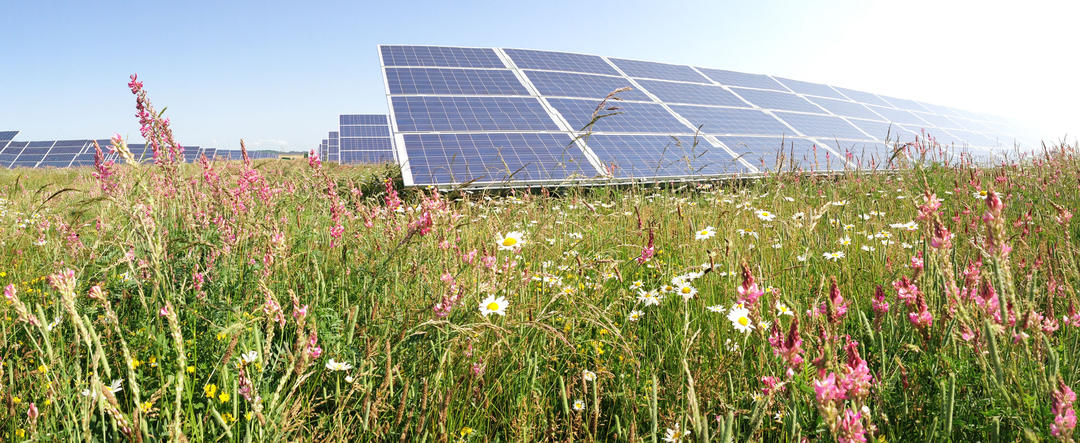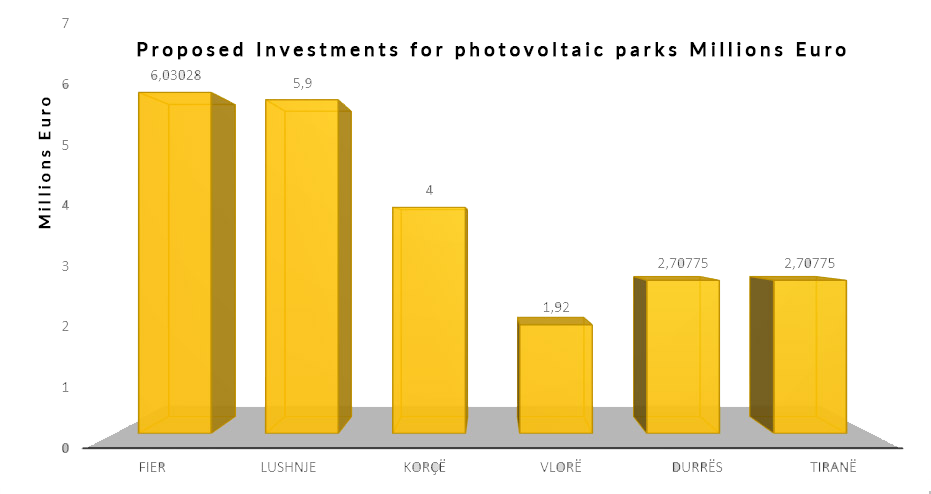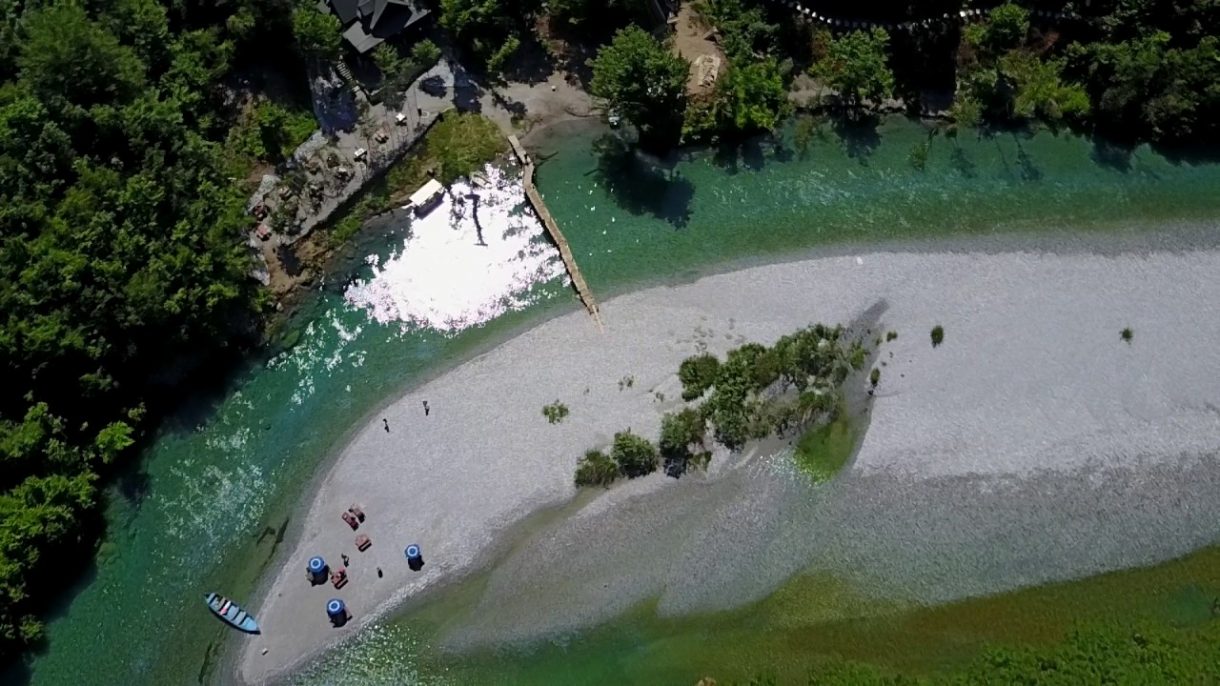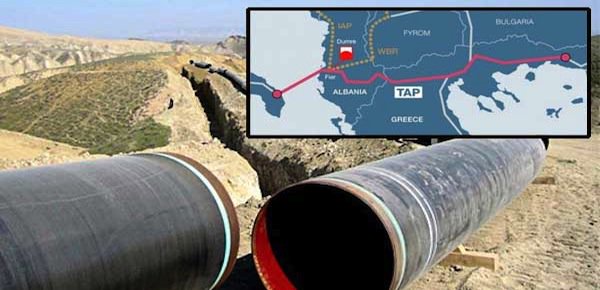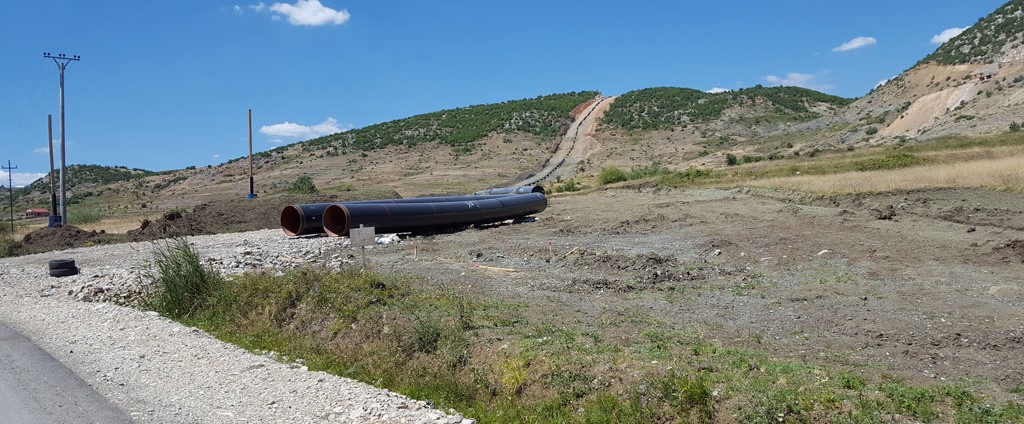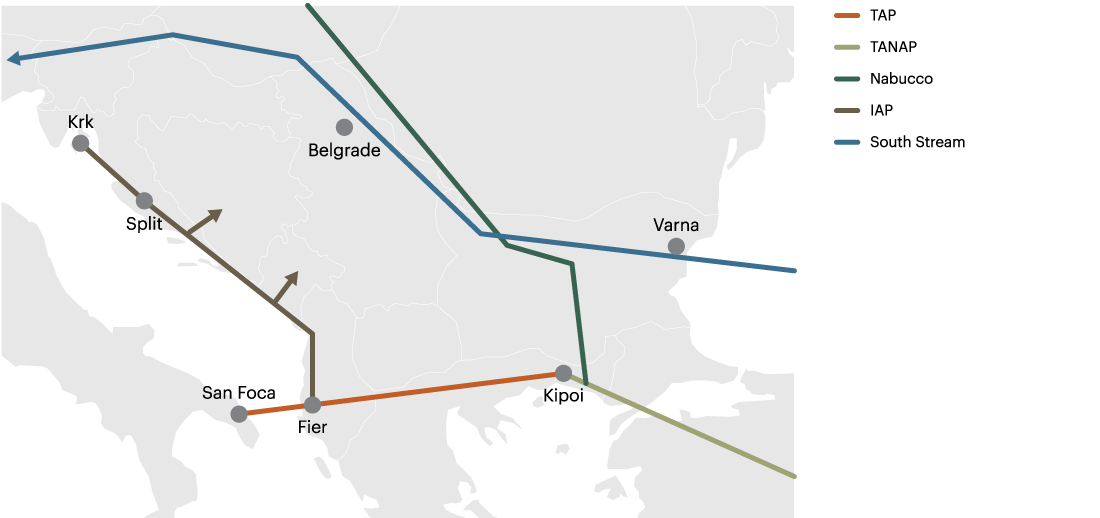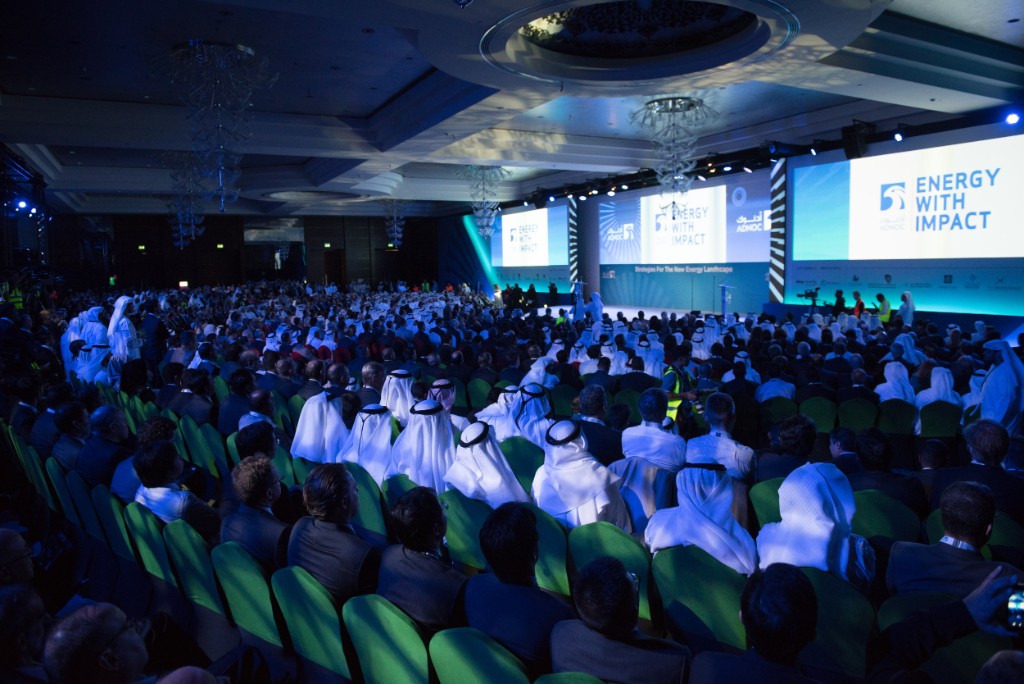
WORLD’S ENERGY GIANTS TO CONVENE AT ADIPEC 2017
Enabling unprecedented levels of Minister-to-global business leader strategic dialogue will be the focus of the Abu Dhabi International Petroleum Exhibition and Conference (ADIPEC) 2017.
That an event of such market-moving significance, and with such a tremendously-strong technical conference programme, is annually held in the UAE capital is irrefutable evidence of Abu Dhabi’s established place of leadership within the world’s energy sector, say organizers, dmg events.
Held under the patronage of His Highness Sheikh Khalifa Bin Zayed Al Nahyan, President of the UAE; hosted by the Abu Dhabi National Oil Company (ADNOC); and supported by the UAE Ministry of Energy, the Abu Dhabi Chamber, and the Abu Dhabi Tourism & Culture Authority, ADIPEC will take place from 13 to 16 November 2017 at the Abu Dhabi National Exhibition Centre (ADNEC).
The premier meeting place for energy ministers and C-level executives from the world’s oil and gas giants, ADIPEC 2017 will convene under the theme: “Forging Ties, Driving Growth.” It is expected that there will be more than 45 minister and CEO sessions at ADIPEC 2017, up from 25 a year earlier.
Ali Khalifa Al Shamsi, Strategy & Coordination Director at ADNOC and ADIPEC 2017 Chairman, said: “Abu Dhabi has always served as an international gathering place for the energy world’s best and brightest. But, this year, ADIPEC is shifting gears to facilitate unprecedented levels of ministerial and C-level executive networking. We believe that this annual event is where global energy strategies are proposed and agreed each year.”
The ADIPEC Conference Programme, organised in collaboration with the Society of Petroleum Engineers (SPE), sets the international standard for the exchange of best-practice and operational excellence in the world of energy, with all technical abstract submissions put through a rigorous evaluation process by the Technical Programme Committee. There have been more than 3,000 technical abstract submissions this year, with more than half submitted from outside the UAE.
Christopher Hudson, President – Global Energy at dmg events, said: “Driving growth in a volatile industrial sector can be challenging at the best of times. ADIPEC 2017, the world’s most influential oil and gas exhibition and conference, is evolving to bring more event attendees fully into the realm of industry decision-making, from passive to active participation, and our new global downstream business leader sessions are testament to this progressive new approach to inclusion.”
ADIPEC 2017 conference sessions include Offshore and Marine, and Security. New this year to ADIPEC are the introduction of global downstream technical sessions, set to drive the conversation on downstream expansion, diversification, and technology innovation and R&D.
Key returning features at the event this year are the: ADIPEC Awards, which celebrate excellence in energy; Women in Industry Conference, which addresses gender balance in the energy sector; Young ADIPEC, a dedicated ‘edutainment’ programme designed to encourage students to choose a career in energy; and a VIP conference programme for members of the Middle East Petroleum Club.
More than 10,000 delegates, 2,200 exhibiting companies, 900 speakers, and over 100,000 visitors from 135 countries are projected to gather in the UAE capital for ADIPEC 2017, breaking the event’s previous records in international participation, and bringing the world’s decision makers, industry leaders, and experts under one roof to address the most critical issues surrounding the evolving energy landscape.
About ADIPEC
Held under the patronage of the President of the United Arab Emirates, His Highness Sheikh Khalifa Bin Zayed Al Nahyan, and organised by the Global Energy division of dmg events, ADIPEC is the global meeting point for oil and gas professionals. Standing as one of the world’s top energy events, and the largst in the Middle East and North Africa, ADIPEC is a knowledge-sharing platform that enables industry experts to exchange ideas and information that shape the future of the energy sector. The 19th edition of ADIPEC 2016 took place from 7-10 November at the Abu Dhabi National Exhibition Centre (ADNEC). ADIPEC 2016 was supported by the UAE Ministry of Energy, Masdar, the Abu Dhabi National Oil Company (ADNOC), the Abu Dhabi Chamber, and the Abu Dhabi Tourism & Culture Authority (TCA Abu Dhabi). dmg Global Energy is committed to helping the growing international energy community bridge gaps by bringing oil and gas professionals face to face with new technologies and business opportunities.

